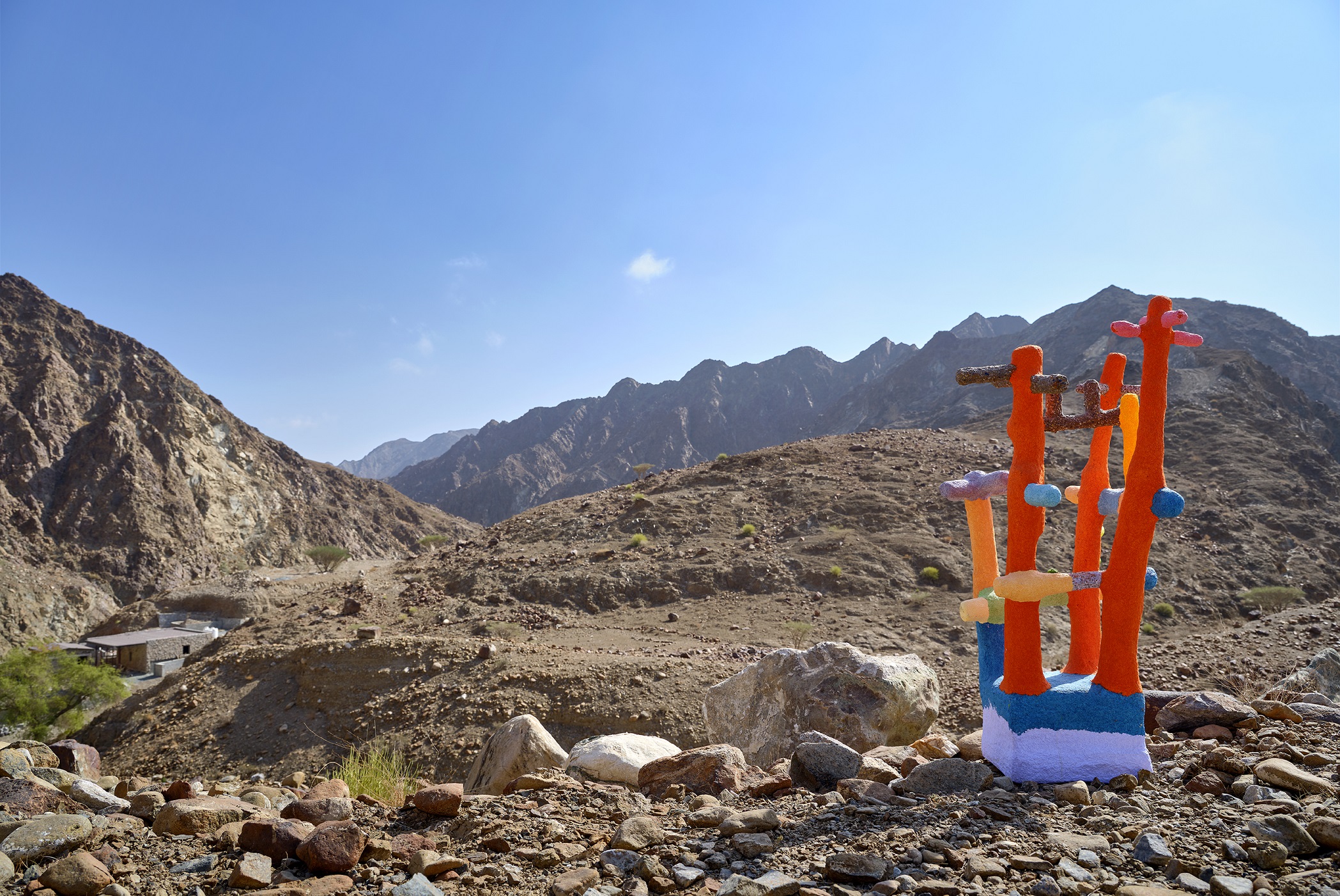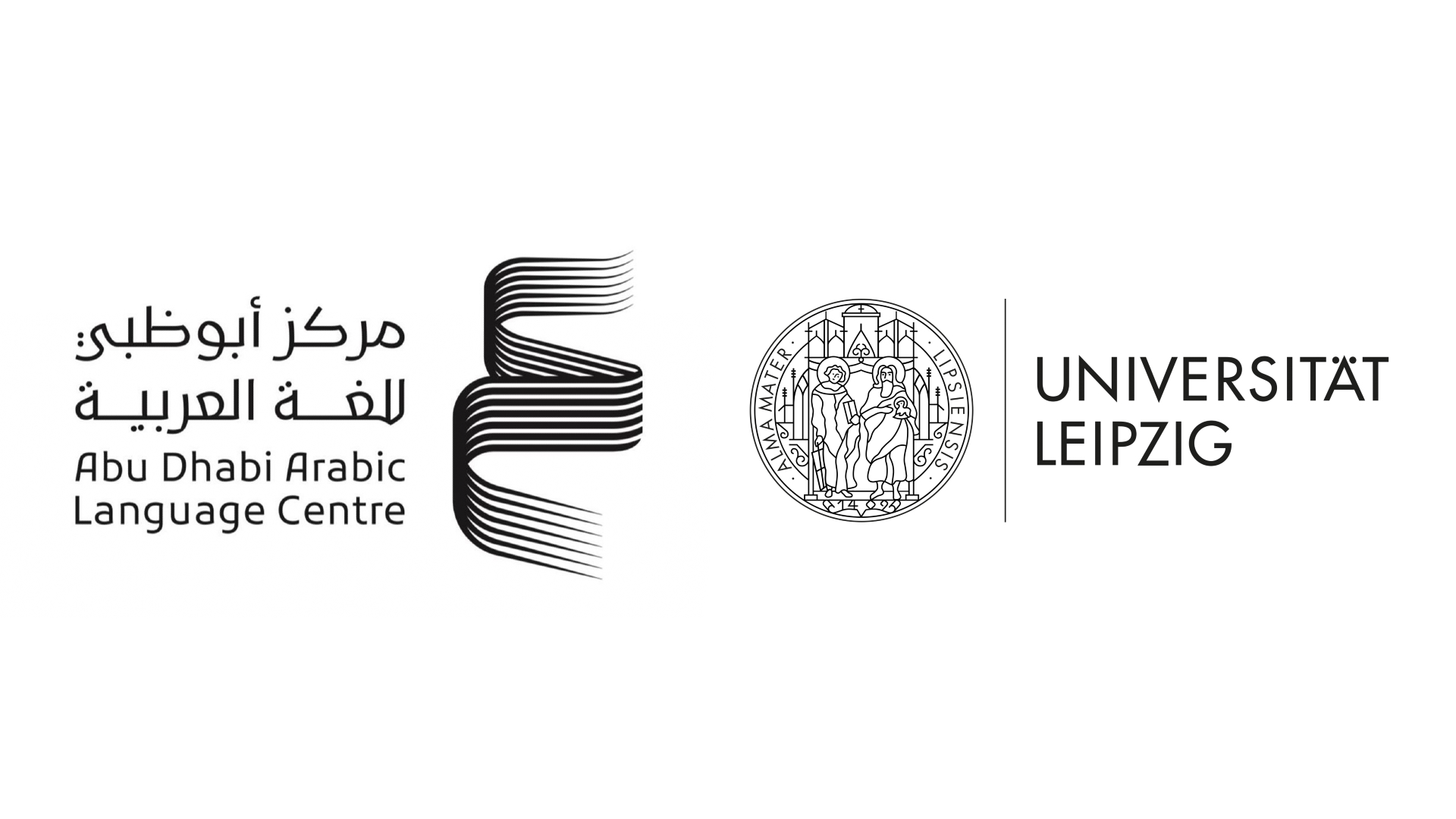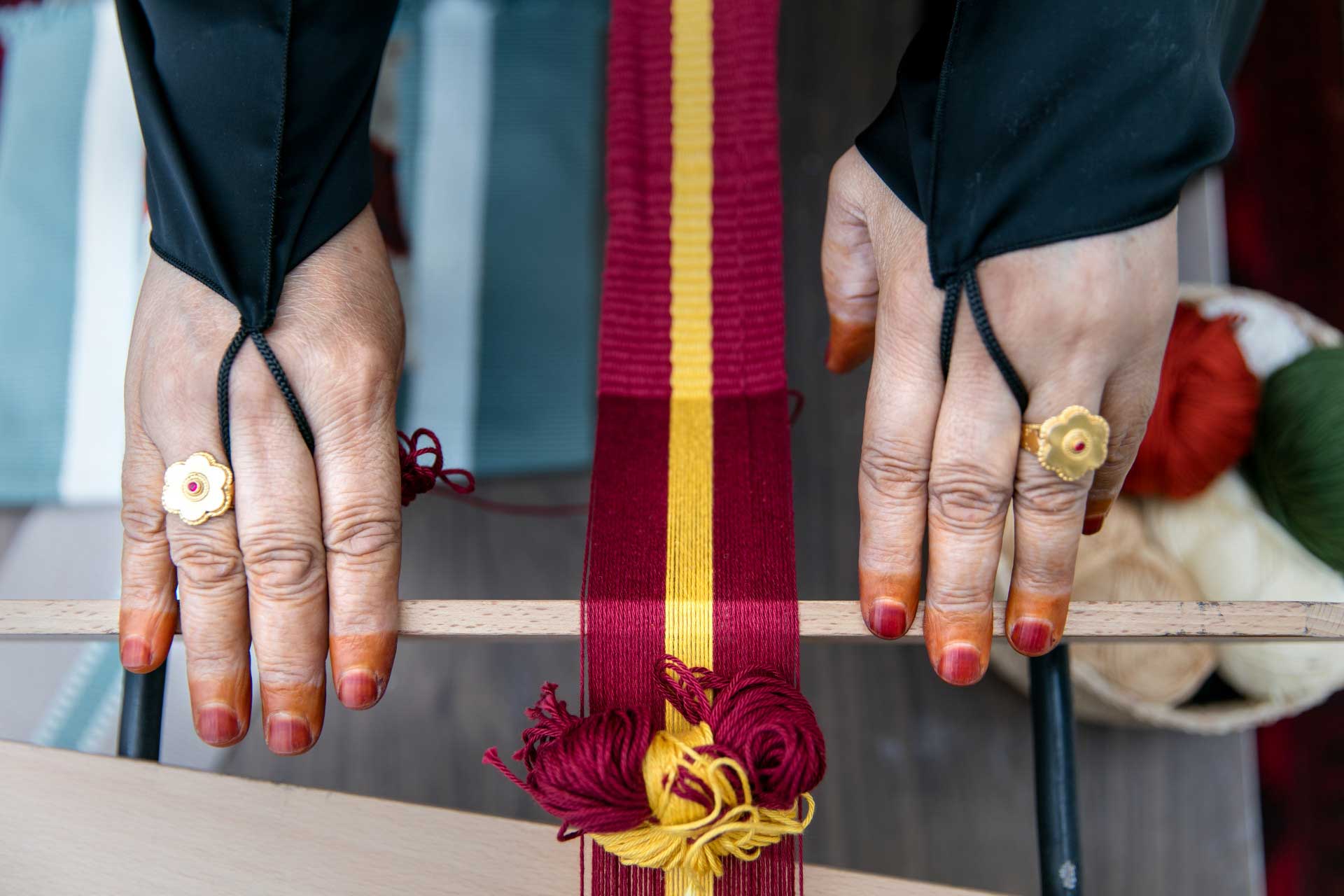The UAE has announced the inclusion of four historic sites on the tentative list of World Heritage Sites maintained by the United Nations Educational, Scientific and Cultural Organisation, UNESCO, increasing the number of Emirati sites on the list to 12.
The sites include four historic locations in Ras Al Khaimah, Julfar, the old pearling town of Jazirah al-Hamra, Shimal and Dhayah.

HE Noura bint Mohammed Al Kaabi, Minister of Culture and Youth and Chairperson of the National Education, Culture and Science Committee said, “I am delighted that these four important sites from Ras Al Khaimah have now been formally added to the UAE’s Tentative List of UNESCO World Heritage Sites Together, they represent around 5,000 years of our history, with a particular emphasis on our maritime traditions. Julfar was a key port-city for international trade for centuries. Jazirat al-Hamra is the best-preserved pearling town in the Gulf.
“The sites at Dhayah and Shimal offer a record of our distant past as well as our more recent history. Eight sites from other Emirates are already on the UNESCO Tentative World Heritage Site listing, while Al Ain has already been formally inscribed on the list. The Ministry of Culture and Youth will continue to work with the relevant local departments to complete the process of UNESCO listing. This helps to gain international recognition for our heritage.”
The new sites will strengthen the UAE’s global presence on the cultural tourism map, she added, noting that the country has a clear joint agenda with UNESCO, in cooperation with friendly countries, to preserve and ensure the sustainability of cultural heritage and make it an efficient tool in economic development.
The Department of Heritage, Antiquities and Museums of Ras Al Khaimah, in cooperation with the UAE’s National Committee, prepared the files of the four heritage locations that were submitted to UNESCO.
Julfar

The old port city of Julfar lies on the coastal plain north of Ra’s al-Khaimah, close to the Straits of Hormuz Strait. Its proximity to the mountains and the well-watered plains at the mouths of Wadi Bih and Wadi Haqil allowed extensive agriculture nearby.
Over time, as the coastline evolved, affecting the lagoons that provided harbours for shipping, Julfar had several different centres, including the sites of Kush, Al Mataf and Al Nudoud, which flourished during the Islamic period until the eighteenth century.
The city had a massive wall, which was part of an impressive fortification system securing its ports and palm trees gardens.
The pearling town of Jazirah al-Hamra
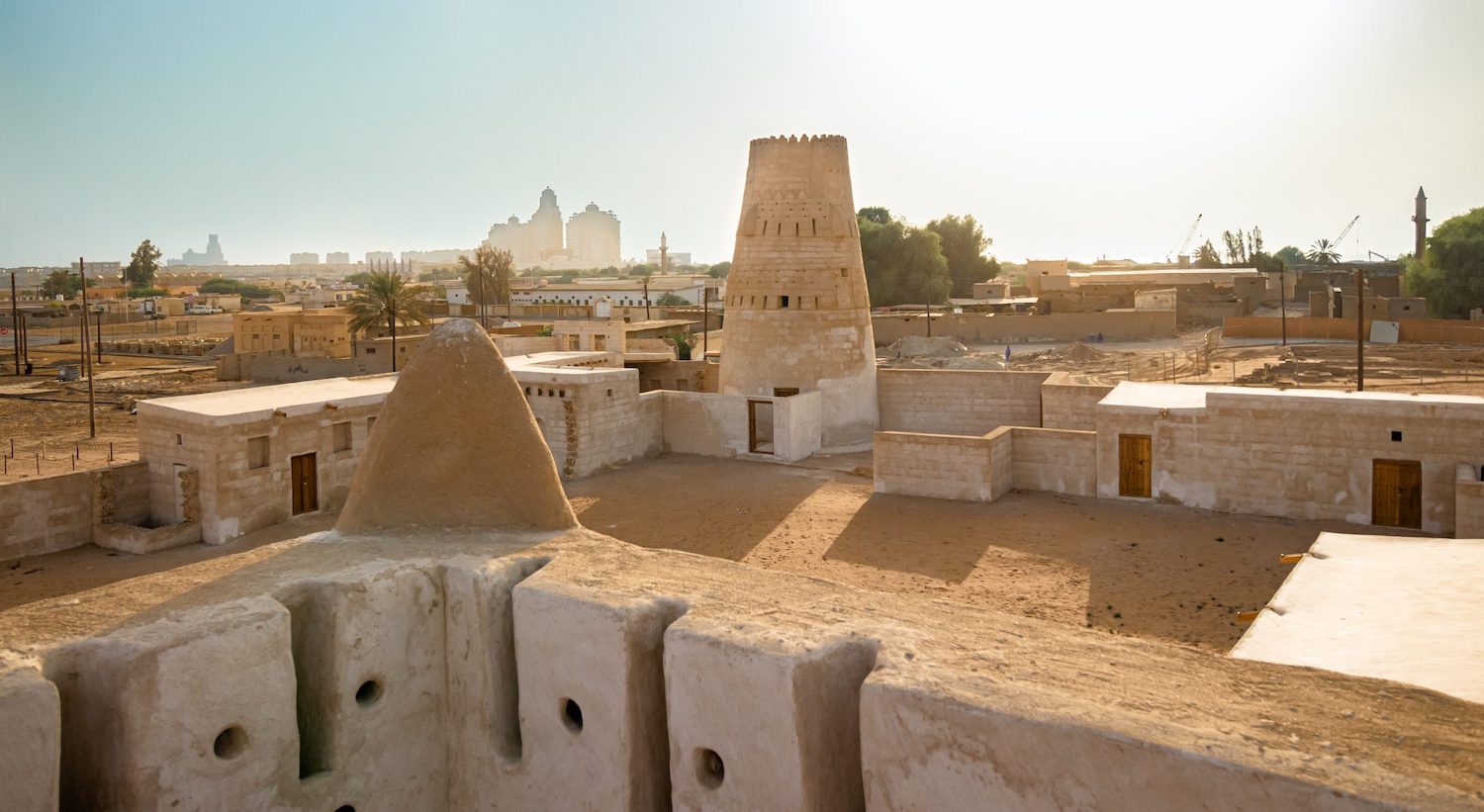
Originally a 45-hectare island, Jazirah al-Hamra is in southern Ra’s al-Khaimah. Its eastern and southern parts provided easy access to the mainland, to which it is now connected. To the east, the island overlooks the desert and, currently, two watchtowers protect it. The towers also protected nearby water wells, with water previously brought to the island by donkeys. In the town itself, close to the shore, only brackish water was available. The town has small alleys running between the courtyard houses, markets, mosques and a fort, while there are also watchtowers.
Jazirah al-Hamra is the best-preserved example of a traditional Gulf pearing port.
Shimal

Shimal is an area that stretches for over three kilometres along the coast north of Ras al-Khaimah, with numerous archaeological sites. An area of gravel plains with acacia trees, it is close to the large date-palm gardens at the mouths of Wadi Bih and Wadi Haqil.
The area includes many old settlements and over 100 graves dating back to the Bronze Age well as numerous sites from the mid-Islamic period. Nearby is a medieval palace.
Dhayah
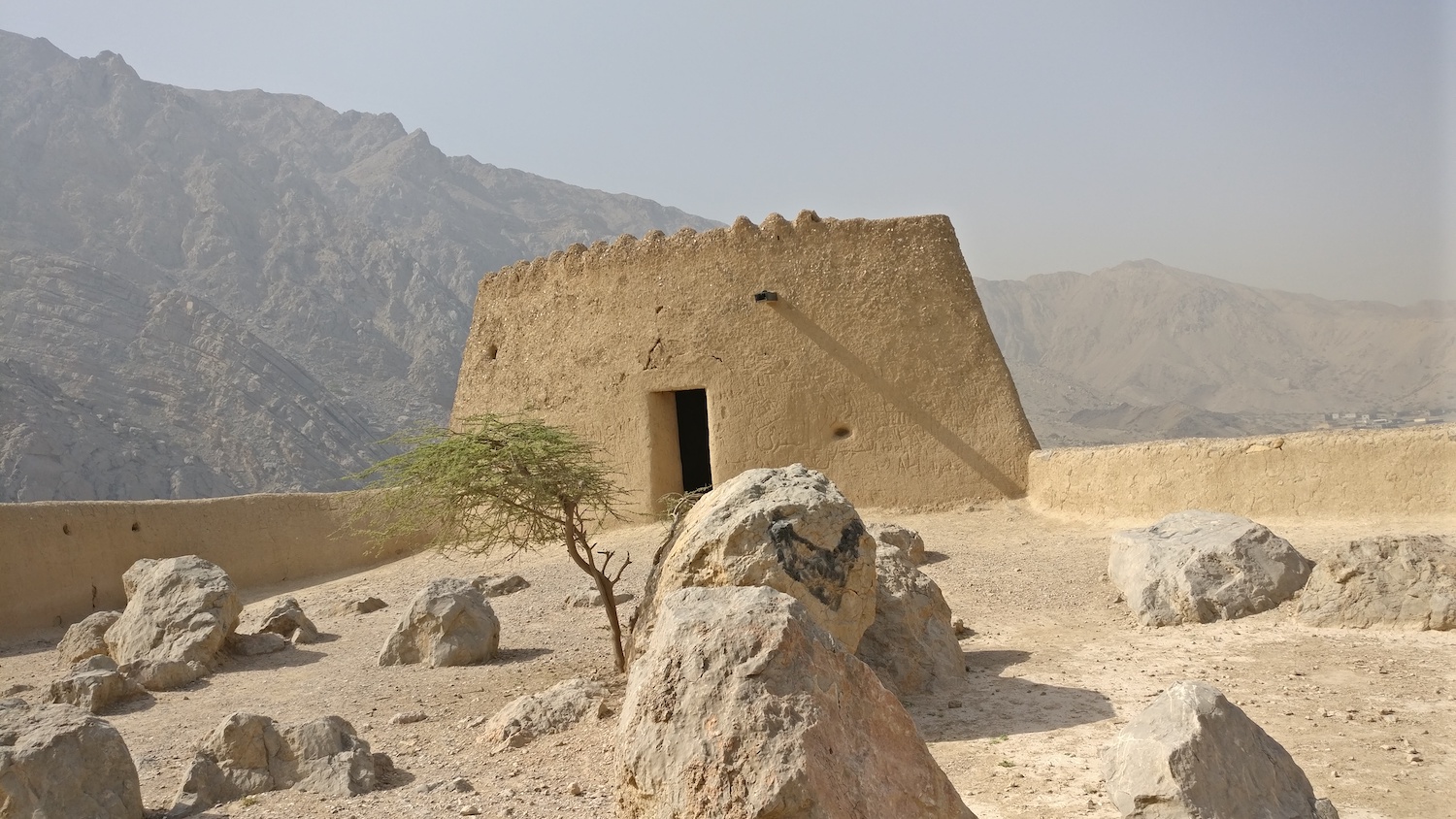
Dhayah is one of Ras Al Khaimah’s most impressive and important sites in terms of geographic location and culture. The area is surrounded by steep mountains rising to 850 metres from three directions and overlooking a coastal lagoon to the west. The Dhayah area has been settled for thousands of years, with agriculture and date palm cultivation being practiced on the gravel plains between the mountains and the sea.
Amongst its key sites is the hilltop Dhayah Fort, recently restored.


